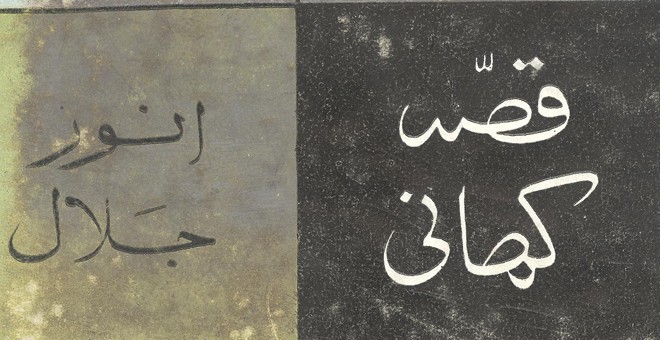

"Can it be that we are tired of whatever it is that we in fact are -- black, white, brown, yellow, male, female, large, small, Greek, German, English, Jew, Yankee, Southerner, Westerner, etc. -- that what we now want is to rise above all tiresome differences? -- Saul Bellow
Just as all-rounders in a cricket team are deemed misfits among specialists, many artists flounder between disciplines and genres; especially those who try to be artists and writers at the same time. Artists consider them as outsiders while writers think of them as only artists.
It is intriguing why somebody who is trained in the field of visual art and has pursued it professionally feels his creative impulse needs another medium of expression. One must inquire about the reason of his discontent because, in a sense, it suggests some sort of limitation in the medium of visual art which otherwise is perceived to be a universal language. Yet, some painters and sculptors across cultures and continents have not restricted themselves to their brushes and chisels. A few of them have picked up the pen and wrote novels, short stories, plays and poems. Salvador Dali (two novels, Hidden Faces and Diary of a Genius) Giorgio De Chirico (novel, Hebdomeros) Alfred Kubin (novel, The Other Side) and Pablo Picasso (Desire Caught by the Tail, a play) are a few examples among modern European artists who, apart from writing on art or aphorisms, dabbled into serious literature.
In our own history, many artists wrote short stories, poems and novels besides writing on art. Beginning with A.R. Chughtai and Shakir Ali who published short stories in literary journals, and Sadequain with his various collections of innumerable couplets, several other artists from the 1950s to ’70s were independent authors. Prominent examples are A. J. Shemza’s novel Qissa Kahani (1954), Raheel Akbar Javed’s novel ‘Ragoon mein Andhera’ (1963) and Tassaduq Suhail’s collection of short stories Tanhai ka Safer.
Now more recognised as painters, earlier on they were equally known as writers of fiction. Shakir Ali, A. J. Shemza and Raheel Akbar Javed participated in literary discussions and debates and no one considered them as outsiders or mere artists; they were part of the literary crowd of their times.
It was not just artists (Hanif Ramay and Rashid Ahmed Arshad, both wrote non-fiction) who were eager to communicate through words; there were many writers like Dr Enver Sajjad and Zulfiqar Ahmed Tabish who were as eager to paint. Outside, there are examples of Ram Kumar (Hindi) Gunter Grass (German), D.H. Lawrence, William Blake (English), Khalil Gibran (English/Arabic), Jean Cocteau (French) and Goa Xingjian (Chinese). Some of these authors actively pursued painting or graphic art which are comparable to any professional artist’s work.
Arguably, this tendency of moving between disciplines has diminished in recent times, except perhaps in the case of graphic novel -- an increasingly popular genre. Now some old men of letters like Intizar Hussain reminisce about the period when creative individuals from the two forms of expression had a close connection. Over the years, artists have drifted away from the realm of literature to such a degree that, instead of the urge to write fiction, they are not even inclined to read a book that lies outside their own discipline.
Similarly, our fiction writers and poets hold a naive concept of art; often, their reaction is not much different from that of a lay person, who is unable to engage with the creative process. Perhaps, this distance has some connection to the fact that artworks are now being bought and sold at a price which is unimaginable for a short story, song, poem or a novel.
Whatever the reason, artists have withdrawn from interacting with the literati nor are writers seen at art exhibitions.
One needs to analyse the effects, both negative and positive, of this separation. Positive because some people think that once the artists were not part of the literary crowd, they started to take their work more seriously and professionally. The segregation between disciplines can also mean a freedom from literal and illustrative approach; thus artists eagerly focused for their source of inspiration on art from places other than poems, myths and stories from their own surroundings. Thus the emergence of contemporary art was possible (more visible with the beginning of Third Millennium).
Interestingly, the same era is marked for the triumph of literature in popular arena. With the expansion of electronic media and the power of print, the writers of fiction are no longer starving (at least not all of them). Some enjoy great level of success, especially the authors of new English fiction from Pakistan, who, like the contemporary artists, are using an international language with a local content.
Today, in a strange scheme, artists and writers are again conversing with each other, not inside the dusty rooms of teahouses and coffee shops but at glamorous literature festivals taking place one after the other.